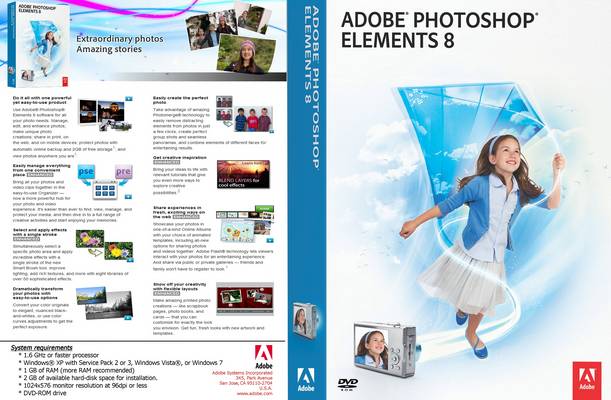

These are then fed into the Smart Trim tool, where you can use the suggestions to adjust in and out points for the clip. Smart Trim also uses the Auto-Analyzer information to suggest which areas of a clip are usable. This uses the Auto-Analyzer tags to figure out whether colours need correction or levels need to be adjusted, and will also smooth out shaky video. Adding a clip to the timeline prompts you whether you want to apply SmartFix. Fortunately, there are some significant new features within Premiere Elements itself, which make use of the information gleaned by the Auto-Analyzer. The options include sending your footage to a mobile device or the Internet, both of which would have been useful as standalone functions.Īs it is, whilst the Organizer shows potential, it doesn’t yet add enough for video to be a truly essential addition. There are some video-related options under the Share tab, but these merely load your clips into Premiere Elements. The Create tab is also aimed solely at still images, to make various combinations such as collages, calendars and greetings cards. Similarly, Auto Smart Fix only works with photos. Fix provides facilities for correcting colour, levels, red eye and other possible problem areas, but only with still images. The remaining Organizer tabs offer less for video. In general, the tagging results are not that relevant when editing the clips yourself, but they are used by other Premiere Elements 8 functions we will be explaining shortly. Most surprisingly, the Auto-Analyzer will attempt to figure out what kind of shot each clip is – long, medium or close up. These are fairly general, and refer to the potential quality of the clips, including whether there is camera shake and how loud the audio track is. This processes your clips and attempts to allot tags automatically. However, the most significant feature here is the Auto-Analyzer. You can tag your clips and group them into catalogues, using keywords.

The first of these is the most fully featured for video content. (centre)”’The Photoshop Elements Organizer is now available from Premiere Elements,īut the video options essentially just load the main app.”’ (/centre) The functions are divided into four categories with a tab for each – Organize, Fix, Create and Share.

Although you can import video and perform a limited range of actions upon it, these are few and far between compared to the options for photos. You can perform basic photo retouching and put together simple montages. However, the main functions are still geared towards still images. Now it is taking the first steps towards providing similar facilities for Premiere Elements. This leads to the asset management tool which was already part of Photoshop Elements. Instead of just being able to start a new project or open an existing one, there’s an Organize option as well. The first new feature of Premiere Elements 8 appears at the initial splash screen. So now we reach version 8 of both applications (since Premiere Elements skipped a few to reach version 7 at the last iteration), and there is even greater emphasis on the new user. Each year, new versions of Premiere and Photoshop Elements are released, chipping away at the difficult task of combining ease of use for the beginner with power for the more experienced user. Adobe has made a considerable success of repackaging its flagship brands for lower-end consumer usage.


 0 kommentar(er)
0 kommentar(er)
